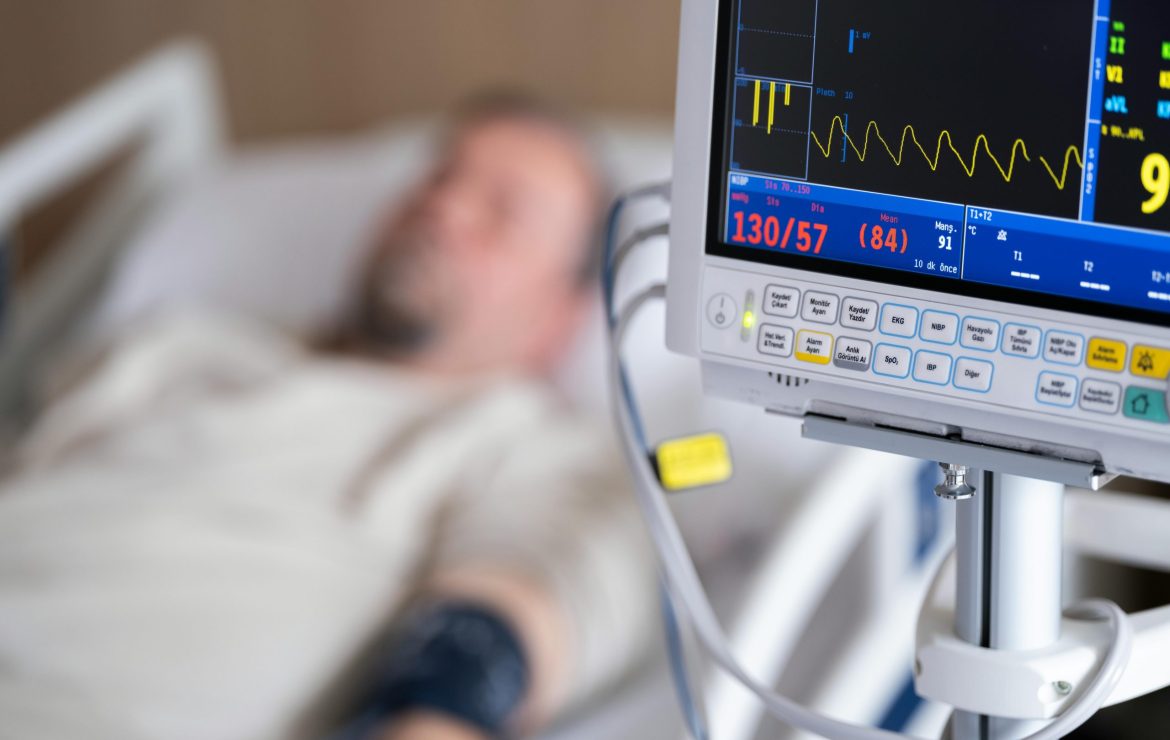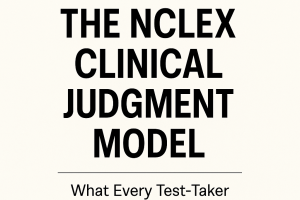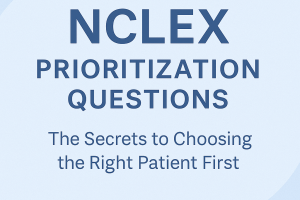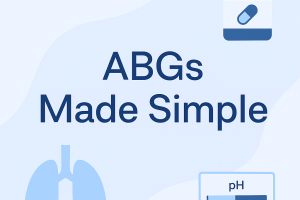CARDIAC CONDITIONS: NURSING INTERVENTION FOR HEART FAILURE AND MYOCARDIAL INFRACTION (MI)

Heart failure (HF) and myocardial infarction (MI) are two of the most common and serious cardiac conditions that nurses encounter. These conditions require timely interventions, precise assessments, and ongoing patient management. Nurses play a critical role in caring for patients with HF and MI, helping to improve outcomes through early recognition of symptoms, administration of treatments, and patient education. This blog will cover nursing interventions for both heart failure and myocardial infarction, focusing on evidence-based practices that ensure safe and effective patient care.
Heart failure nursing interventions
Heart failure occurs when the heart is unable to pump sufficient blood to meet the body’s needs, resulting in fluid accumulation and organ dysfunction. As a nurse, your role in managing heart failure patients involves a comprehensive approach that targets symptom management, fluid balance, and prevention of disease progression. Below are key nursing interventions for heart failure:
1. Monitoring and assessment: Assess the patient’s vital signs regularly, focusing on blood pressure, heart rate, respiratory rate, and oxygen saturation. Monitor for signs of worsening heart failure, such as increased shortness of breath, peripheral edema, and weight gain. Daily weight measurements can help track fluid retention.
2. Fluid restriction: Limit fluid intake in patients with heart failure to help manage fluid overload. Monitoring input and output is essential to prevent worsening edema or pulmonary congestion. Educate patients on the importance of adhering to fluid restrictions.
3. Medication administration: Ensure the timely administration of prescribed medications such as diuretics, ACE inhibitors, beta-blockers, and vasodilators. Diuretics help reduce fluid overload, while ACE inhibitors and beta-blockers improve heart function and reduce workload on the heart. Nurses should also educate patients about the importance of adhering to their medication regimen.
4. Oxygen therapy: For patients experiencing hypoxia or low oxygen saturation, supplemental oxygen may be necessary to alleviate dyspnea and improve tissue oxygenation. Monitor oxygen levels using pulse oximetry and adjust oxygen flow as prescribed.
5. Lifestyle modifications: Nurses play a vital role in educating patients about lifestyle changes that can improve their heart failure condition. This includes sodium restriction, smoking cessation, weight management, and regular physical activity as tolerated. Collaborating with dietitians and physical therapists can enhance patient adherence to these lifestyle adjustments.
Myocardial infarction nursing interventions
Myocardial infarction, commonly known as a heart attack, occurs when blood flow to a portion of the heart muscle is blocked, leading to tissue damage or death. Immediate nursing interventions are critical for preserving heart function and reducing complications. Here are the essential nursing interventions for myocardial infarction:
1. Immediate pain relief: Administer prescribed medications, such as nitroglycerin, to alleviate chest pain and reduce the heart’s workload. Morphine may also be used for pain that is not relieved by nitroglycerin. Prompt pain management can minimize myocardial damage and improve patient outcomes.
2. Oxygen therapy: Provide supplemental oxygen to patients experiencing oxygen deficiency to maintain adequate tissue oxygenation. Ensure oxygen saturation remains above 90% to reduce myocardial workload and prevent further ischemia.
3. Administer medications: Administer medications such as aspirin, thrombolytics, beta-blockers, and anticoagulants to manage the acute phase of MI. Aspirin helps prevent further clot formation, while beta-blockers reduce the heart’s demand for oxygen. Monitoring the effects of these medications and watching for adverse reactions is critical.
4. Monitor vital signs: Regular monitoring of heart rate, blood pressure, and cardiac rhythm is necessary to detect arrhythmias or other complications following MI. Continuous electrocardiogram (ECG) monitoring allows for the early detection of ischemic changes and arrhythmias that require immediate intervention.
5. Patient education: Educating patients about MI risk factors, such as hypertension, high cholesterol, and diabetes, is vital in preventing future episodes. Nurses should advise patients on lifestyle modifications, such as diet, exercise, and smoking cessation, to reduce the risk of recurrent heart attacks.
6. Post-MI care and rehabilitation: Encourage early mobilization and cardiac rehabilitation for patients recovering from MI. Cardiac rehabilitation includes supervised physical activity, education on heart-healthy living, and counseling to help patients regain strength and confidence while reducing the risk of future heart events.
Sample NCLEX-style questions:
1. A nurse is caring for a patient with heart failure who has gained 3 pounds in the last 24 hours and is complaining of increased shortness of breath. What is the nurse’s priority action?
A. Increase the patient’s fluid intake
B. Administer prescribed diuretics
C. Instruct the patient to lie flat
D. Decrease oxygen flow
Answer: B. Administer prescribed diuretics
The patient’s weight gain and increased shortness of breath indicate fluid retention, a common issue in heart failure. Administering diuretics will help reduce fluid overload and improve breathing. Increasing fluid intake or lying flat would exacerbate the symptoms, and adjusting oxygen alone won’t address the root cause.
2. A patient who experienced an MI is receiving oxygen at 2 liters per minute via nasal cannula. The patient’s oxygen saturation drops to 88%. What should the nurse do next?
A. Increase oxygen flow to 4 liters per minute
B. Encourage deep breathing exercises
C. Discontinue oxygen therapy
D. Call the healthcare provider
Answer: A. Increase oxygen flow to 4 liters per minute
When oxygen saturation drops, the nurse should increase the oxygen flow rate to improve oxygenation. Encouraging deep breathing may help, but it is not the immediate priority. Discontinuing oxygen or waiting without adjusting the oxygen flow could worsen the patient’s condition.
3. Which intervention should the nurse prioritize when caring for a patient in the acute phase of myocardial infarction?
A. Administering antibiotics
B. Offering clear liquids
C. Administering nitroglycerin
D. Teaching about cholesterol management
Answer: C. Administering nitroglycerin
Nitroglycerin is the priority medication in the acute phase of MI because it helps reduce chest pain by dilating the coronary arteries and reducing myocardial oxygen demand. Teaching about cholesterol management is important but not a priority during an acute MI.
Conclusion:
By mastering these nursing interventions, nurses can effectively manage patients with heart failure and myocardial infarction, improving outcomes and helping patients maintain their quality of life. Ensuring timely care, patient education, and adherence to evidence-based practices are key to managing these critical cardiac conditions.






